You are here
Art & Design: David Buckley Borden
 David Buckley Borden is an interdisciplinary artist and designer who was in residence at the Harvard Forest in 2016-2017, collaborating with world-class ecologists on boundary-shattering projects involving creative cartography, speculative design, and landscape installations. Throughout 2018 and 2019, he has continued work at the Forest on sculpture projects for display throughout the region.
David Buckley Borden is an interdisciplinary artist and designer who was in residence at the Harvard Forest in 2016-2017, collaborating with world-class ecologists on boundary-shattering projects involving creative cartography, speculative design, and landscape installations. Throughout 2018 and 2019, he has continued work at the Forest on sculpture projects for display throughout the region.
During his 2016-2017 Bullard Fellowship, as a collaborator on the New England Landscape Futures research project, Borden focused on the New England of 2060, visualizing how greatly the region could change over the next 50 years based on decisions being made now. Borden’s Futures props and exhibits are intended to demystify the complex process of computer modeling underlying the project.
Borden’s Hemlock Hospice project, on view from 2017 through 2018, was a sci-arts collaboration and set of field installations focused on the invasive, tree-killing pest, the hemlock woolly adelgid. It included a multi-disciplinary, immersive exhibition in one of the Forest's focal research areas, plus a Museum exhibit featuring silkscreen prints, mixed media drawings, sculptures, and installations. In support of the exhibition, Borden created several smaller installations that were viewed throughout greater Boston.
Previously, Borden has been awarded artist residencies at the Santa Fe Arts Institute, Teton Artlab, Trifecta Hibernaculum, and MASS MoCA.
Borden welcomes scheduled studio visits, collaboration inquiries, and opportunities to publicly speak about his work. To learn more, visit davidbuckleyborden.com.
Q&A with the Artist
January 2017
For your fellowship, you'll spend a full year at the Harvard Forest. What sparked your desire to apply?
I was drawn to the Harvard Forest for a couple of reasons; the research community, the place itself, including the Forest and the on-site facilities, and the Forest's history of supporting the arts and humanities within their science practice. I think the most convincing reason, was a strong alignment between my creative mission and that of the Harvard Forest...in terms of education, conservation, and making a contribution to our collective understanding of the environment.
Tell us about your design studio on the edge of the woods.
Yes! I have a really sweet shingle-clad 700SF studio on the edge of the woods. Everybody in ecology knows that the most interesting stuff happens in the "edge condition." Right? The same could be said for the creative world. So, yeah, the studio is my creative lab. It is where I experiment with ideas, materials, and representations. Its also the place where I share my work. I am a big believer in the open studio practice. I always welcome anyone and everyone to visit the studio.
On your website, you describe a hope for an informed public with a shared ecological awareness. In a perfect world, what environmental issue would people be more aware of?
If I had to pick one, I think it's critical that people realize we are all part of a shared ecological system. I often say that the the biggest environmental issue is not one of ecology, but rather a cultural issue.
Images
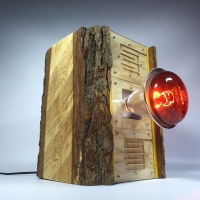 | 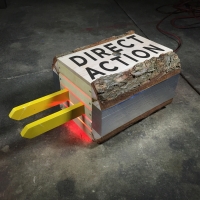 | 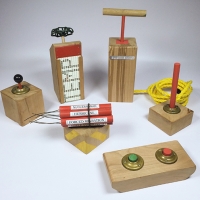 |
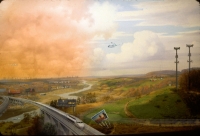 | 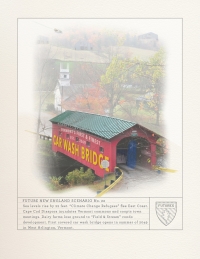 | 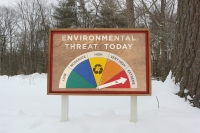 |
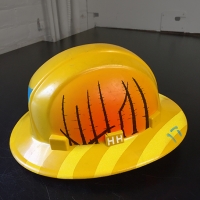 |  | 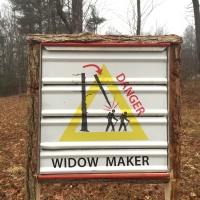 |
Explore the gallery...
On Social Media
Facebook: @davidbuckleybordenArtandDesign
Instagram: @davidbuckleyborden

